
|
||
|
Portland art blog + news + exhibition reviews + galleries + contemporary northwest art
|
||
Ty Ennis' You'll Love It Here at NAAU 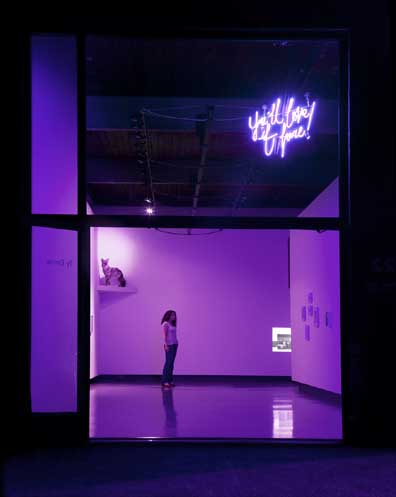 In 1999 Portland artist Ty Ennis learned he had grown up adjacent to Spokane's notorious serial killer Robert Lee Yates Jr. In response, Ennis' latest show, "You'll Love It Here," presents a lurid double poisoned well of memory. The show ends this weekend but for Ennis and the other people Yates touched, this proximity to human darkness will never fully come to term. If your life has ever been similarly touched by a murderer I suspect you'll find this show powerfully hollow and unresolved in that terribly familiar way I won't be able to properly convey unless you've experienced it yourself. (For people from war torn places it becomes the norm) Also, You'll Love It Here is rife with difficult and abstruse subject matter so I doubt your average Portland hipster, outfitted with only their "irony merit badge" is prepared for this kind of experience. Frankly, most American's newscast driven callousness is tough to overcome and some will have difficulty reconciling this with Ennis' previous work, which was as entertaining as this show is chilling. Notably, Ennis doesn't bother to get beyond the typical evening news callousness and this show doesn't meet the viewer half way. Instead, it creepily watches you from the porch while smoking a cigarette with a series of mute portraits of Yate's victims. 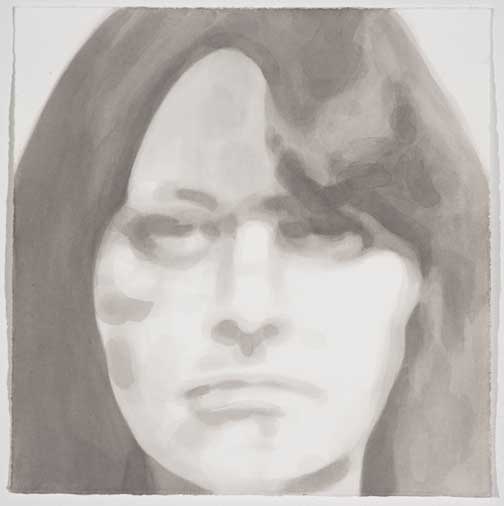 One of Ennis' ghostly depictions of a Yates victim One of Ennis' ghostly depictions of a Yates victim
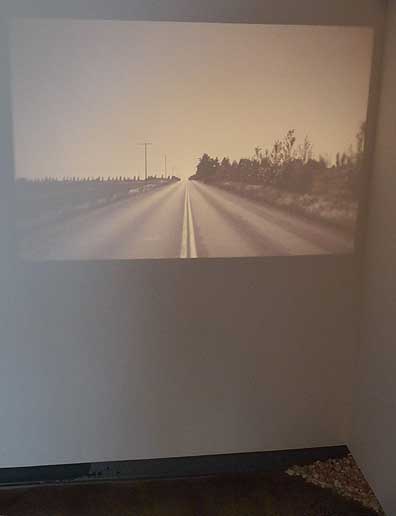
It also features a slide show of body drop sites, a Gonzalez-Torres pile of buttons (a key to Yates conviction), photo's of sites where Yates found his victims and a painting of Yate's white Corvette keys. Overhead a coyote watches the proceedings and in the outer windows a neon sign "You'll Love it Here" faces the street. 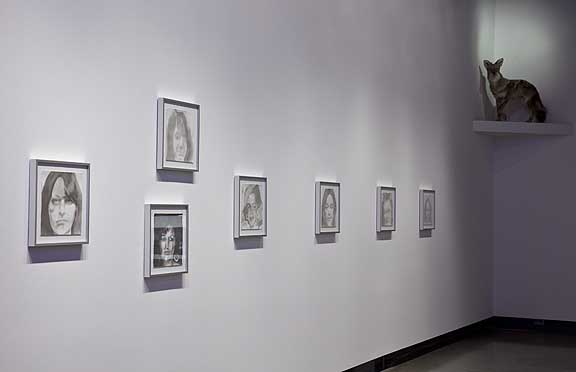
Overall it is a disconnected installation that resembles the way a case against a murderer is pieced together and it doesn't really come together in its full chilling force till the catalog with all of the research is read. It describes all of the victims, sites and other references. Also, night time viewings with the gallery all aglow with lilac colored neon light from outside are particularly effective… a tragedy tainted perspective that unifies a dispersed field of intentionally pathetic debris. ("You'll Love It Here" is Spokane's motto and it's also known as "the lilac city") I'm generally not a fan of shows that require text to understand but this is an exception. The subject matter is so lurid and deranged that any attempt to convey it in an expressive manner would trivialize that tragedy. Does this show fail? Sure, but with the knowledge it can't help but fail. Could it have been improved? Sure, installation artists like Alfredo Jaar's Sound of Silence bring the viewer into the lurid event quite effectively but that strategy also feels like the artist is yanking your chain. Ennis deserves credit for not yanking any chains and its cool European like reserve is suitably stark. Art only has to connect with a few, and this is one such show. Maybe the subject matter is simply too personal to share with any inflection, as his own childhood memories (of an already dark Spokane) have been even further poisoned by a lens of murderous malevolence in retrospect. Here the artist researches and confronts the fact that his childhood (as a memory construct) has become luridly interlaced with a horrendous serial killer, his neighbor. What we never see directly is Ennis's reaction but I believe the entire project is that reaction... understandably, it's a bit shell shocked and therefore disconnected at its core. It is interesting that the effect of Yates' receiving justice essentially poisons Ennis' well of memory as a source of identity and You'll Love It Here is incredibly conflicted as one realizes that Yates' arrest creates trauma as well. Letting sleeping dogs lie, is just a different kind of trauma and one wonders how close to art therapy this show is? Overall, the New American Art Union's Couture Series has been riveting to watch, though not for being completely consistent (the hobgoblin of little minds), but for its inverse property… a rare willingness to take chances and somehow invest and encourage artists to stretch their repertoire. It takes chances, because it isn't an institution but rather Ruth Ann Brown's taste. She's of that rarest of art world creatures the catalytic patron/dealer (people like Virginia Dwan, Alfred Stieglitz, Daniel Henry Kahnweiler and locally Arlene Schnitzer when she had the Fountain Gallery). This willingness to experiment is what has separated it from all of the museum awards and other exhibition programs in the Northwest which by their institutional nature tended to follow reputations rather than build them. Sure, the series was seeded with four ringers (Ehlis, Lommason, Fritz and Renwick), each solidly already considered a master of their genre putting in tight, somewhat overdue museum caliber shows laced with some new wrinkles. This wasn't surprising because these artists already show in museums. Excellence was expected, anything less and they would have been flayed. The other artists were more of a gamble. I think it has paid off as I've found the series (with just one show left) equally interesting when giving artists a chance to experiment with a new genre or format. This was particularly obvious with new moves from artists like the Video Gentlemen (the most non traditional and successful of the experiments so far), TJ Norris, Stephen Slappe and now Ty Ennis. In each case, the artists got to explore their obsessions in a new way… something NAAU gallerist has referred to as the "uber geek." In some hands the freedom was enough to rope to hang themselves, but even that outcome is a valuable learning experience that no other dealer in Portland seems so completely willing to afford local artists. For You'll Love It Here Ennis, has used his couture series opportunity for some important artistic growth though it probably put off fans who were expecting more of his trademark work. Notably in the past his reputation was one of "young talented witty draftsman" and now that the art world no longer is finishing that formula I think it was a good time to grow and though the show has its share of growing pains. As it stands Ennis is Portland's third best figurative existential draughtsman after the somewhat internationally recognized Storm Tharp and Joe Biel. But notably Ennis just went someplace much darker than I've ever seen those other somewhat dark artist attempt. Maybe that is fortunate for Tharp and Biel but I feel like this is an important trial by fire that Ennis had to pass through to reach his next level artistic maturity and self awareness. Posted by Jeff Jahn on August 15, 2009 at 14:10 | Comments (0) Comments Post a comment Thanks for signing in, . Now you can comment. (sign out)
(If you haven't left a comment here before, you may need to be approved by
the site owner before your comment will appear. Until then, it won't appear
on the entry. Thanks for waiting.)
|
| s p o n s o r s |
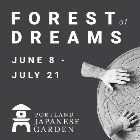 |
 |
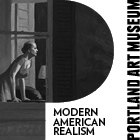 |
 |
 |
 |
 |
 |
 |
 |
 |
 |
 |
 |
 |
 |

|
Site Design: Jennifer Armbrust | • | Site Development: Philippe Blanc & Katherine Bovee | |

